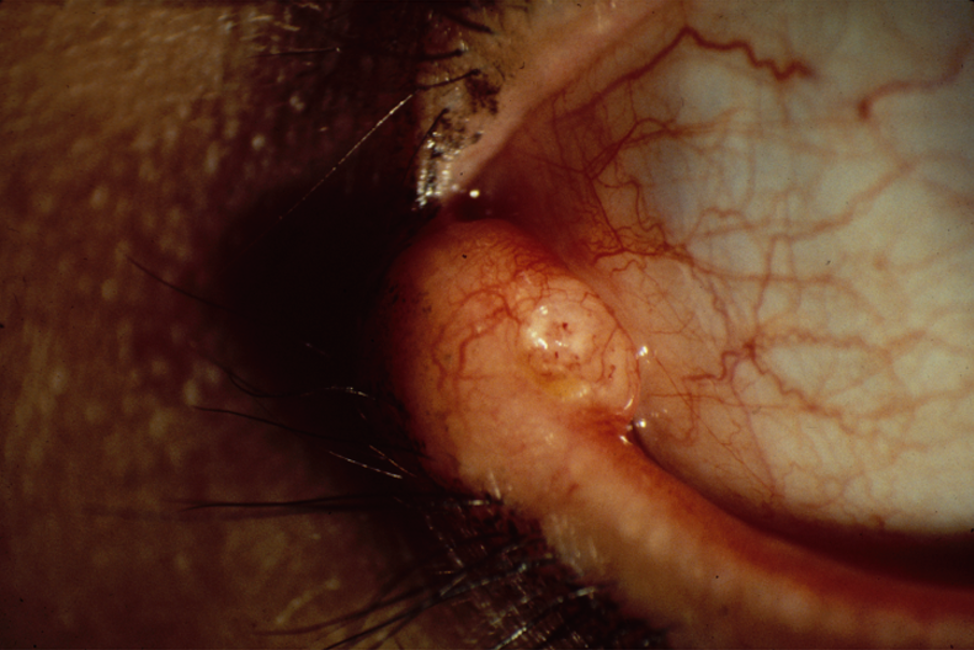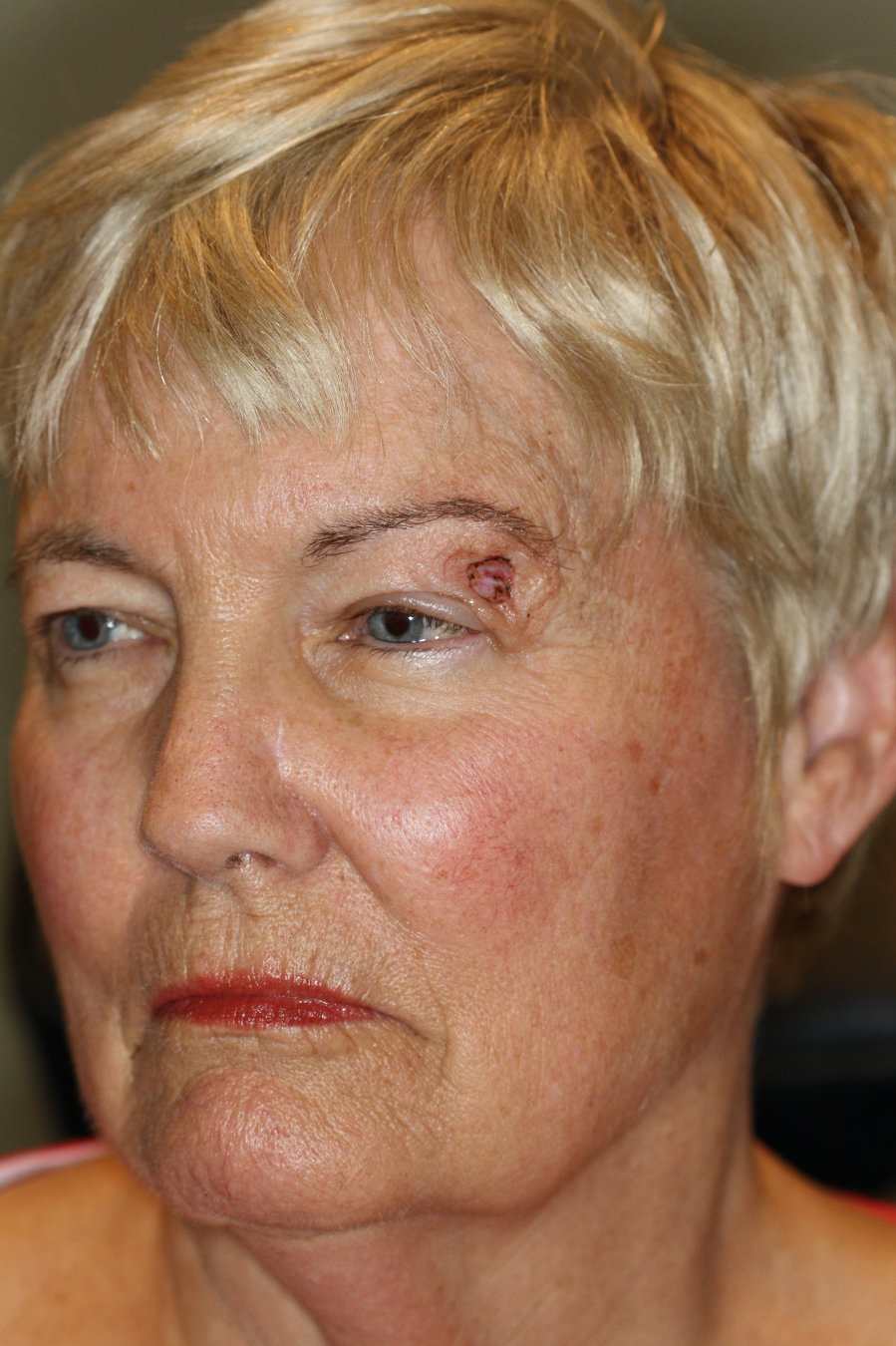COMMON EYE CONDITIONS
Lesions of the Eyelids
What are they?
The eyelids can be affected by many different conditions ranging from common styes to skin cancers. Identifying which lumps and bumps on the eyelids are a minor problem vs. which are a major problem can be difficult and the consequences can be life-threatening.
Treatment
Treatment of lesions ranges from warm compresses to antibiotics to surgery, depending on the type of lesion. So it’s important to visit a medical doctor and surgeon—an ophthalmologist—for the appropriate diagnosis and treatment.
In a few states optometrists have lobbied the legislature to change laws allowing them to perform surgery for eyelid lesions. But you want only an ophthalmologist with medical and surgical training and experience performing surgery to treat these lesions. Poor surgical technique could cause not only a poor cosmetic result but also a problem with function of the eyelid, loss of vision, and even the spread of a cancer or a delay in diagnosis that could lead to loss of life.
Safe Eyes America advocates to have only trained surgeons who have gone to medical school—ophthalmologists—allowed to perform surgery for eyelid lesions.
Types
Styes and Chalazions of the Eyelids
Styes and chalazions are similar, very common conditions. They occur when oil glands on the eyelid margin (stye) or within the eyelid (chalazion) become clogged. They may be very bothersome: enlarging, shrinking, and enlarging again. They may also last for months. They may get infected and very red. They may also open and drain but then reform. Optometrists and ophthalmologists may diagnose and treat these lesions with warm compresses and antibiotics, but if a lesion persists or recurs repeatedly and especially if inserting a needle to drain the lesion or surgery is recommended, it should be evaluated by an ophthalmologist.
Here are some examples of styes and chalazions of the eyelids.
Skin Cancer of the Eyelids
Skin cancers can involve the eyelids and they may be small, seemingly “not so serious” problems for a long time. It can be difficult to tell what is a common stye or chalazion and what could be a skin cancer.
Skin Cancer
Misdiagnosed as a Chalazion
Here are signs of possible cancerous lesions to watch out for:
Sores or open skin that don’t heal or that heal and then return
A persistent skin growth or spot that sometimes bleeds
Changes in the appearance of the eyelid skin
Loss of eyelashes
Thickening of the eyelids
Enlarging growths that can be brown, black, or reddish
Moles that change in color or size
If you have any concerning lesions of the eyelids, they need to be evaluated by an ophthalmologist. You want and deserve only a trained surgeon who has gone to medical school and had extensive training and experience when dealing with potentially life threatening conditions like cancer.
Here is an example of a lesion that was treated.
Basal cell carcinoma present for 6 months
After surgery to remove all of the cancer affected area
After reconstruction by ophthalmologist specializing in oculoplastics








